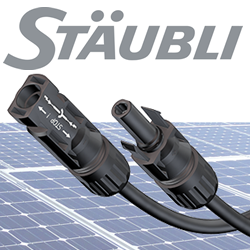US Energy Sector vulnerable to Climate Change
Following President Obama Climate Change speech last month, the Department of Energy has just released a report on ‘U.S Energy Sector vulnerabilities to Climate Change and Extreme Weather".
The report is alarming. Since 1900, the United States average annual temperatures increased by 1.5°F per year. Heat waves and droughts are more frequent and last longer through the years. The country also had to face more and more storms the past few years. We still remember hurricane Sandy which strokes the East Coast last year provoking heavy casualties as well as material damages and power shortage for millions of people. 2012 was also the hottest year of the country. During summer 2012, 60% of the country encounters water shortage.
The Department of Energy report main focus is the effect of climate change on our energy sector and concludes that our current energy facilities are very vulnerable to climate change. The report highlights strong concern over the safety of U.S energy sector by 2060. The DOE published a map of our power facilities and it is clear that U.S power plants are mostly located in sensitive area, often challenged by extreme weather and natural disaster. The group of experts behind the report is clear: it will get worse through time if nothing is done.
60% of U.S coal power plants are located in area exposed to water scarcity whereas high amount of water is needed to cool them down.
At the same time, a lot of power plants are installed near the coast, sensitive to sea-level rise and storms.
Moreover, droughts and the melting of ice caps make it difficult for hydroelectric facilities to operate smoothly.
Through years heat waves will keep on striking the country more often and longer. This will increase the electricity demand for air-conditioning systems mostly and with our actual power capacity, we will not be able to meet the demand. According to Argonne National Laboratory, the United States needs to add 34 gigawatts to its power capacity by 2050 in order to cope with the temperature increase.
Through this reports, the experts also analyzed how to identify priority points at a federal, state and local level in order to optimize our power facilities to better cope with climate change.
- By Greenshine New Energy, Cost-Effective Solar Street Lights
Featured Product

